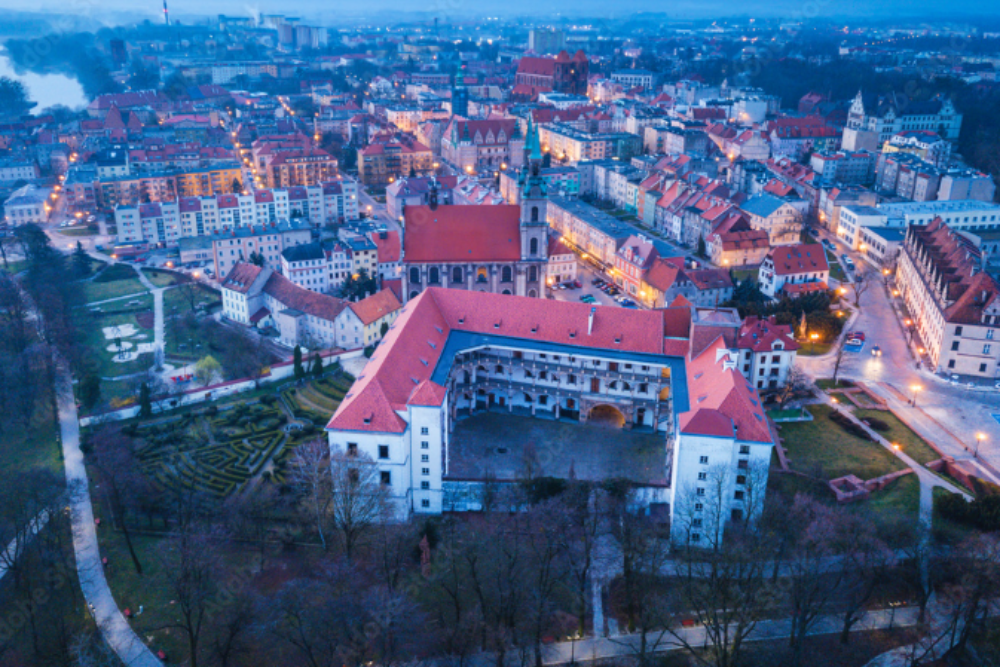Vietnam, a country rich in culture, history, and stunning landscapes, offers a truly immersive experience for those who seek to travel back in time. Its cities, many of which are UNESCO World Heritage Sites, tell stories of ancient dynasties, colonial influences, and wartime struggles, all of which have shaped the Vietnam we know today. For history lovers, Vietnam offers a unique opportunity to explore these historic cities, each brimming with its own fascinating stories. Let’s take a journey through some of the most historic cities in Vietnam and discover the past that still influences its vibrant present.
1. Hanoi: The Heart of Vietnam’s History
The capital city of Vietnam, Hanoi, is a city where the ancient and modern coexist harmoniously. With over a thousand years of history, Hanoi boasts a wealth of historical landmarks, ancient temples, colonial architecture, and vibrant street life.
- The Old Quarter: At the heart of Hanoi is its Old Quarter, which dates back over a thousand years. The narrow streets are lined with French colonial buildings, old temples, and bustling markets. The area is also famous for its 36 streets, each originally dedicated to a specific trade. Today, it’s a fascinating blend of the past and present, with traditional silk shops alongside modern boutiques and street food vendors offering local delicacies like pho and bun cha.

- Hoan Kiem Lake: Legend has it that the Hoan Kiem Lake (Lake of the Returned Sword) is home to a giant turtle that once played a pivotal role in a legendary battle. The lake and its surrounding area are central to Hanoi’s history and are a peaceful retreat in the midst of the city’s hustle and bustle.
- The Imperial Citadel of Thang Long: A UNESCO World Heritage site, the Imperial Citadel is a remarkable example of Hanoi’s ancient history, representing its role as the capital of the ancient Thang Long Kingdom. With impressive ruins, including the Flag Tower, the site tells the story of Vietnam’s dynastic and colonial history.
2. Hue: The Imperial Capital of Vietnam
Hue, once the capital of Vietnam under the Nguyen dynasty, is a city that showcases the grandeur of Vietnam’s royal history. The city is home to the Imperial City, a UNESCO World Heritage Site that remains a symbol of Vietnamese history and culture.
- The Imperial City: The Imperial City of Hue is the heart of the city’s historical significance. A complex of grand palaces, temples, and gates, the Imperial City offers an insight into the life of the Vietnamese royals. The Royal Enclosure houses various government buildings, while the Forbidden Purple City (once reserved for the emperor’s family) is a hauntingly beautiful ruin. Many of the buildings were damaged during the Vietnam War, but the site remains an incredible relic of imperial Vietnam.
- Thien Mu Pagoda: Situated on the banks of the Perfume River, the Thien Mu Pagoda is one of the oldest and most iconic pagodas in Vietnam. The seven-story tower is a beacon of Buddhism in the region and provides stunning views of the river and surrounding landscape. It is said to have been the inspiration for the name “Perfume River.”

- Tombs of the Nguyen Emperors: Hue is also home to the tombs of the Nguyen emperors, which are scattered across the landscape. These grand tombs, such as the Tomb of Emperor Tu Duc and the Tomb of Emperor Khai Dinh, are architectural masterpieces blending Vietnamese traditions with French influences.
3. Hoi An: A Blend of Cultures and Timeless Charm
The ancient town of Hoi An is one of Vietnam’s most charming and historically significant cities. Known for its well-preserved architecture and vibrant cultural scene, Hoi An was once a major trading port and has influences from Chinese, Japanese, and French cultures.
- Ancient Town: The heart of Hoi An is its UNESCO-listed Ancient Town, where centuries-old buildings, narrow streets, and picturesque canals reflect the city’s rich cultural history. The town’s architecture is an eclectic mix of wooden Chinese shophouses, Japanese merchant houses, and French colonial buildings, making it a unique reflection of Vietnam’s multicultural past.
- Japanese Bridge: One of Hoi An’s most iconic landmarks is the Japanese Bridge, which dates back to the 16th century. This covered bridge was built by Japanese merchants as a link between the Japanese and Chinese quarters of the town, symbolizing the cultural exchanges that took place here.

- Hoi An’s Role in Trade: Once a bustling port, Hoi An was an important trading center for merchants from all over Asia. The town still holds festivals that celebrate its maritime history, and visitors can explore its colorful markets and shops to get a sense of its trading past.
4. Ho Chi Minh City (Saigon): The Colonial Past and Modern Present
Ho Chi Minh City, formerly Saigon, is a city that embodies the contrast between Vietnam’s colonial history and its vibrant, modern culture. While it’s known for its skyscrapers and booming economy, Saigon’s history is still very much alive, visible in the city’s French-influenced architecture and war museums.
- Reunification Palace: Formerly the presidential palace of South Vietnam, the Reunification Palace is a symbol of the country’s turbulent 20th-century history. It was here that the Fall of Saigon took place in 1975, marking the end of the Vietnam War. The palace, with its preserved rooms and furniture, offers an insight into the political history of the era.
- Notre-Dame Cathedral Basilica of Saigon: One of the most iconic landmarks in Saigon, the Notre-Dame Cathedral was built by the French in the late 19th century and is a striking example of French colonial architecture. Its tall spires and red brick façade are a reminder of the city’s colonial past.

- War Remnants Museum: For those interested in the history of the Vietnam War, the War Remnants Museum offers a poignant look at the brutal effects of the conflict. The museum showcases powerful exhibits, including war photography, military vehicles, and weapons, as well as the stories of those who were affected by the war.
5. Sapa: The Highland Story
Nestled in the northern highlands, Sapa offers a different kind of historical exploration, one rooted in the culture and traditions of Vietnam’s indigenous hill tribes. The region’s picturesque terraced rice fields, misty mountains, and traditional villages make it a perfect place for a culturally immersive experience.
- Local Tribes: Sapa is home to several indigenous ethnic groups, including the H’mong and Dao people. Visiting their villages provides an intimate glimpse into the way these communities have lived for centuries. The traditional costumes, colorful textiles, and unique customs of the local people tell the story of Vietnam’s diverse cultural heritage.
- Sapa’s Colonial Influence: During French colonial rule, Sapa was developed as a hill station, and traces of this period can still be seen in the colonial architecture and the picturesque French-style villas that dot the landscape.

Conclusion
Vietnam’s historic cities offer a fascinating journey through time, showcasing the country’s rich cultural heritage and the layers of history that have shaped it. From the imperial splendor of Hue to the vibrant mix of cultures in Hoi An and the colonial influences in Ho Chi Minh City, each city tells its own unique story, inviting travelers to explore the past while immersing themselves in the present. Whether you’re strolling through ancient streets, visiting grand temples, or reflecting on the tumultuous history at war museums, Vietnam’s historic cities provide a captivating and unforgettable experience.












